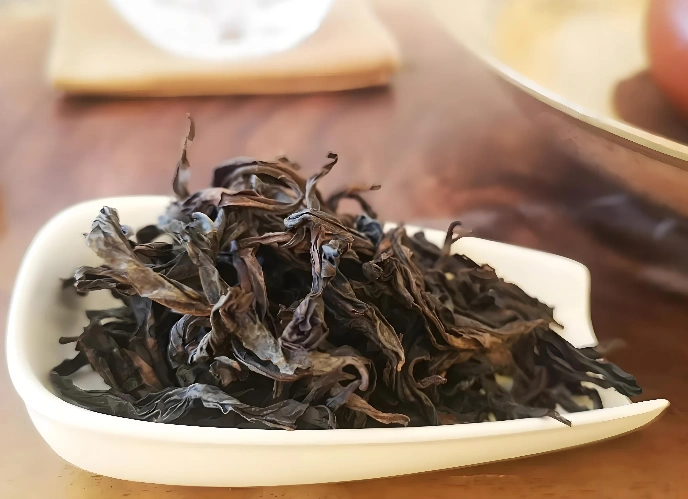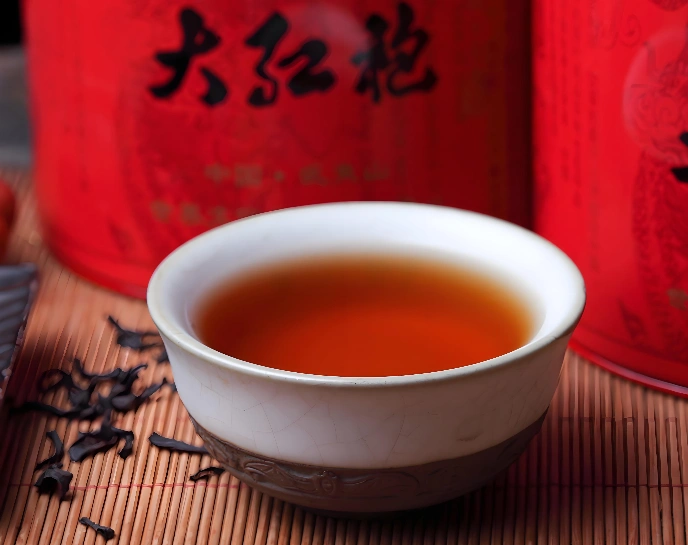oolong tea and heart health isn’t merely a wellness buzzphrase—it’s an immersive ritual that soothes your senses and fortifies your most vital muscle. Imagine lifting a warm, amber cup, inhaling its subtle floral bouquet, and feeling a gentle energy pulse through you. In this journey, you’ll learn how oolong tea and heart health unite through potent antioxidants, circulation support, and lipid modulation to create a daily elixir for a stronger, more vibrant heart.
Why Heart Health Matters
Your heart powers every thought, movement, and breath. Yet modern stress, poor diet, and sedentary habits strain this tireless organ, increasing risks of hypertension, plaque buildup, and diminished blood flow. By embracing oolong tea and heart health, you gift your cardiovascular system a natural ally—one that balances lipids, calms inflammation, and enhances circulation in a sensorial, sustainable way.

How Oolong Tea Supports Heart Health
Antioxidant Protection
Oolong tea brims with catechins and polyphenols—nature’s frontline defenders against harmful free radicals. These antioxidants neutralize oxidative stress in blood vessels, reducing inflammation and preserving arterial integrity. A comprehensive review notes that tea antioxidants, especially from oolong, improve vascular function and lower oxidative markers linked to cardiovascular disease (Healthline – Oolong Tea Benefits) .
Blood Pressure & Circulation
Maintaining healthy blood pressure and smooth circulation is key to heart longevity. Studies indicate that regular oolong tea consumption relaxes arterial walls and enhances endothelial function, translating to modest but meaningful drops in systolic and diastolic pressure. One vascular mechanisms review highlights tea’s polyphenol-driven effects on blood flow, demonstrating improved vessel elasticity in habitual tea drinkers (PMC – Tea and Cardiovascular Disease) .
Cholesterol Modulation
Balancing your lipid profile—lowering LDL (“bad”) and raising HDL (“good”) cholesterol—is central to preventing plaque formation. A landmark clinical trial found that participants drinking three cups of oolong tea daily saw significant LDL reductions and HDL increases over six weeks, mirroring effects of mild statin therapy (MDPI – Nutrients 12/12/3671).
Additional Wellness Benefits
- Gut Health
Nurture your microbiome with oolong tea for gut health. Its polyphenols act like prebiotic fuel, promoting beneficial bacteria growth and soothing digestive inflammation—an essential foundation for cardiovascular wellness. - Blood Sugar Balance
Emerging evidence links oolong tea and blood sugar regulation to improved insulin sensitivity, helping prevent metabolic syndromes that burden the heart. - Immune Support & Detox
Beyond lipids and circulation, oolong tea for immune system health and detoxification offers holistic vitality. Its mild diuretic effect flushes residual toxins, while antioxidants bolster your body’s natural defenses.
Brewing Methods for Maximum Benefit
1. Gongfu-Style Brewing
- Tea Tools & Leaves: Use a gaiwan or small clay pot with 5 g of premium oolong.
- Rinse & Infuse: Quick 5-second rinse, then steep at 195 °F for 20–30 seconds.
- Multiple Infusions: Add 5–10 seconds per subsequent steep, savoring evolving aromas over 6–8 brews.
2. Western-Style Brewing
- Simple Ritual: Place 1–2 tsp of leaves in an infuser.
- Steep & Enjoy: Pour 8 oz of 195 °F water, steep for 3–5 minutes, then strain.
- Everyday Ease: Perfect for mornings or breaks—a balanced cup within reach.
3. Cold-Brew Technique
- Refreshment & Extraction: Combine 1 Tbsp of leaves with 8 oz cold water in a pitcher.
- Slow Steep: Refrigerate for 6–8 hours to extract gentle flavors without bitterness.
- Crisp Finale: Strain and delight in a smooth, floral infusion that hydrates and invigorates.

🔗 To learn more about how to make tea, check out Tanbiwencha’s YouTube video explaining how to make tea.
Potential Side Effects & Best Practices
While oolong tea and heart health synergy is profound, moderation is key. Excessive intake (beyond five cups daily) may cause mild caffeine sensitivity—headaches or sleep disruptions—and tannins can hinder iron absorption. To optimize benefits:
- Vary Strengths: Alternate robust Gongfu brews with milder Western or cold brews.
- Hydrate: Counteract diuretic effects by drinking plain water alongside tea.
- Mind Timing: Avoid late-evening consumption to preserve sleep quality.
- Consult Experts: If on heart or metabolic medications, discuss with your healthcare provider before significant changes.
FAQs on Oolong Tea & Heart Health
Q: How soon will I notice improvements?
A: Many feel gentle mood and digestion boosts within days; measurable heart-health markers, like lower blood pressure or cholesterol, often appear after 4–6 weeks of consistent daily drinking.
Q: Can I blend oolong with other teas?
A: Yes—a 50/50 mix with green tea combines complementary antioxidants, or blend lightly with black tea to boost flavor and bioactive variety.
Q: Is flavored oolong effective?
A: Pure oolong maximizes catechin content. Lightly scented varieties (orchid, jasmine) retain benefits; avoid heavily sweetened blends to prevent masking authentic polyphenols.

Conclusion & Call to Action
Make oolong tea and heart health your daily devotion. From antioxidant-rich sips to refined brewing rituals, this ancient beverage offers modern cardiovascular armor—gently balancing lipids, calming vessels, and infusing each moment with mindful pleasure. Ready to embark on a heart-smart journey? Source high-quality loose-leaf oolong, explore these brewing methods, and join our community to share your transformation. Here’s to a heart brimming with health—one exquisite cup at a time.



